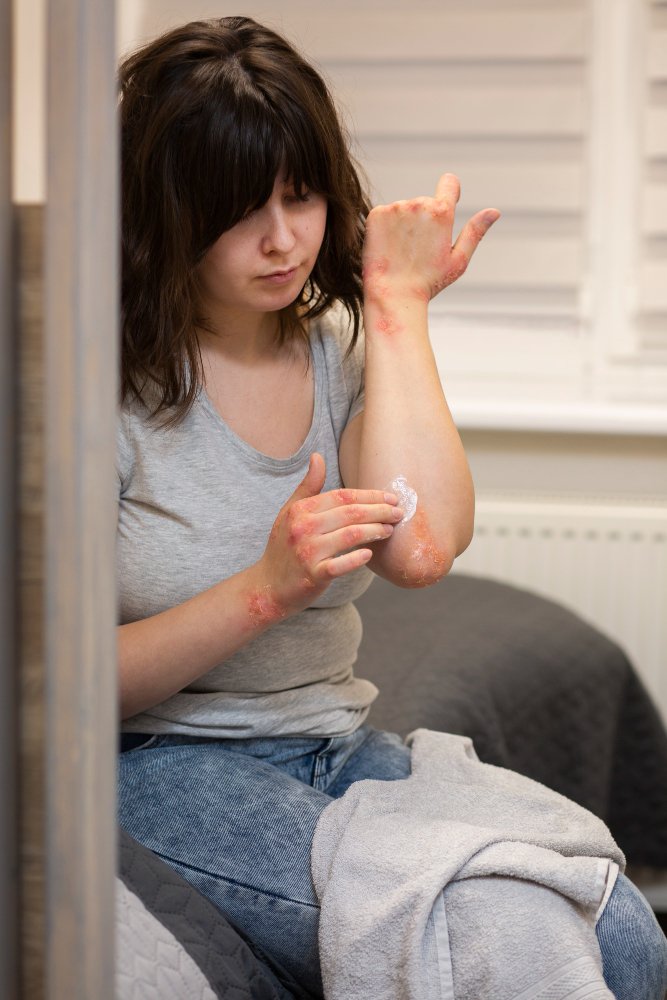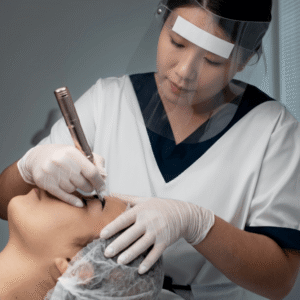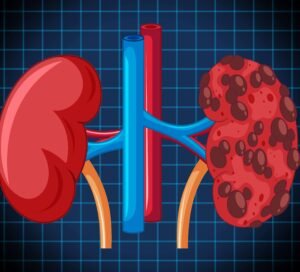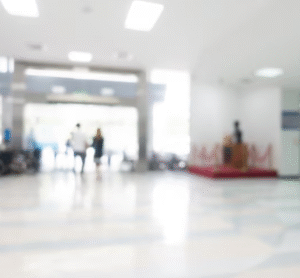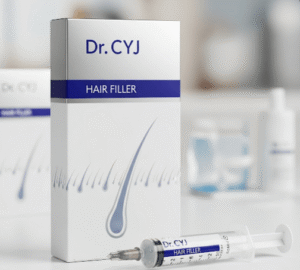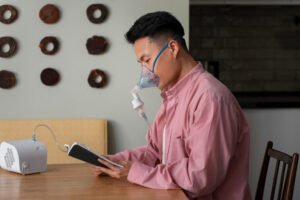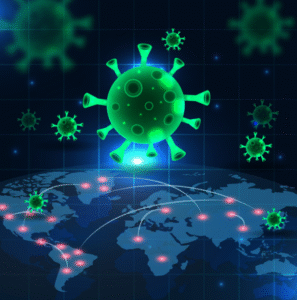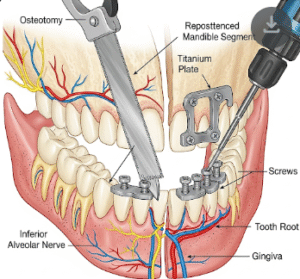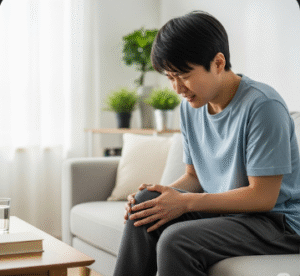Overview
Dyshidrotic eczema, also known as pompholyx, is a skin condition characterized by small, itchy blisters on the hands and feet. In South Korea, it is a common dermatological issue that can significantly affect daily activities and quality of life, especially for individuals frequently exposed to water, chemicals, or irritants. Effective management involves identifying triggers, topical treatments, and lifestyle modifications.
What is Dyshidrotic Eczema?
Dyshidrotic eczema is a type of eczema that causes recurrent episodes of intensely itchy vesicles on the palms, soles, and sides of fingers. It is not contagious but can be persistent, with flare-ups often triggered by environmental factors or stress.
Symptoms
Common symptoms include:
- Small, fluid-filled blisters on hands and feet
- Severe itching and burning sensation
- Redness and inflammation around affected areas
- Cracking or scaling of the skin during chronic flare-ups
- Pain or discomfort when blisters rupture
Causes
The exact cause of dyshidrotic eczema is unclear, but contributing factors may include:
- Allergies to metals (e.g., nickel) or chemicals
- Excessive hand washing or exposure to water and irritants
- Stress and emotional factors
- Fungal infections
- Atopic dermatitis or history of other allergic conditions
Risk Factors
Risk factors include:
- Personal or family history of eczema or atopic dermatitis
- Frequent exposure to irritants or allergens
- Seasonal changes, particularly in humid or hot conditions
- Stress and anxiety
- Occupational hazards involving frequent hand contact with chemicals
Complications
If left untreated, dyshidrotic eczema may lead to:
- Secondary bacterial infections due to scratching
- Thickening and hardening of the skin (lichenification)
- Painful cracks that impair hand or foot function
- Recurring flare-ups affecting daily activities and quality of life
Prevention
Preventive strategies include:
- Avoiding contact with known irritants and allergens
- Using gloves when handling chemicals or water for extended periods
- Maintaining good hand and foot hygiene
- Managing stress and practicing relaxation techniques
- Moisturizing regularly to prevent dry skin
Treatment Options in Korea
In South Korea, dyshidrotic eczema is treated with a combination of dermatological care, lifestyle adjustments, and supportive therapies:
Medical Management:
- Topical corticosteroids to reduce inflammation and itching
- Antihistamines for severe itching
- Antibiotics if secondary infection occurs
- Phototherapy in persistent or severe cases
Supportive Care:
- Emollients and moisturizers to maintain skin hydration
- Avoidance of known triggers and irritants
- Use of barrier creams or protective gloves
Specialized Care:
- Dermatology departments in Korean hospitals provide accurate diagnosis and tailored treatment plans
- Allergy testing may be conducted to identify specific triggers contributing to flare-ups
With appropriate care and preventive measures in Korea, individuals with dyshidrotic eczema can reduce flare-ups, relieve symptoms, and maintain healthy skin on the hands and feet.

